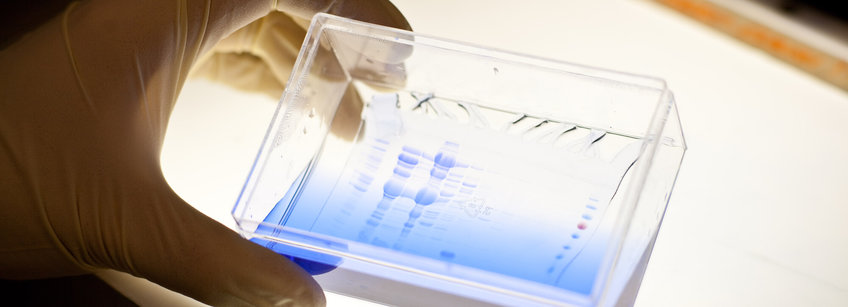
Structural Biochemistry of Meiosis
How are homologous chromosomes linked to one another during meiosis I? How is the machinery built and regulated?

We each have two copies of each chromosome, one from mum, and one from dad. These chromosomes are very similar to one another, and are known as homologs. When we produce gametes (i.e. sperm or egg) we need to halve the number of chromosomes in these cells, so that our children will inherit the correct number of chromosomes. This requires that the homologs are segregated away from each other properly. When this process goes awry, it can lead to chromosomal disorders such as trisomy 21.

In order to be segregated from each other the homologs first have to be linked, this is a challenge because homologous chromosomes are usually not associated with one another. A mechanism called homologous recombination (HR) exists, that can repair damaged DNA, copying the correct sequence from the homolog. During meiosis the cell make programmed double strand breaks (DSBs) in its own DNA which is then repaired by HR, which in turn result in crossover linkages between the homologs.

The location, timing and number of DSBs is tightly controlled, furthermore, not all DSBs are processed into crossovers. DNA break and crossover homeostasis is vital. Too many DSBs and genome integrity is compromised, likewise if DSBs are made in “forbidden” regions of the genome. Too few breaks and it will not be possible to generate the crossovers necessary to securely link homologs.
What We Aim to
Future Plans
We aim to expand our biochemical reconstitutions to the extent where we can create meiotic crossover in a test tube using synthetic DNA. We will make increasing use of hybrid structural biology approaches, combining different methods to gain a most complete picture of the systems we are interested in. Equally we intend to expand beyond the use of yeast as a model organism and start to address phenomena specific to vertebrate and particularly human meiosis. In the long run, it is hoped that our work might be of use to clinicians who are helping people with fertility problems or those with genetic diseases.
Press releases & research news
"Busting Biology's Myths" with John Weir
Why it’s important that chromosomes break (German only)
German language podcast episode with Dr John Weir, research group leader at the Friedrich Miescher Laboratory in Tübingen, explains how reproduction works at the cellular level.









